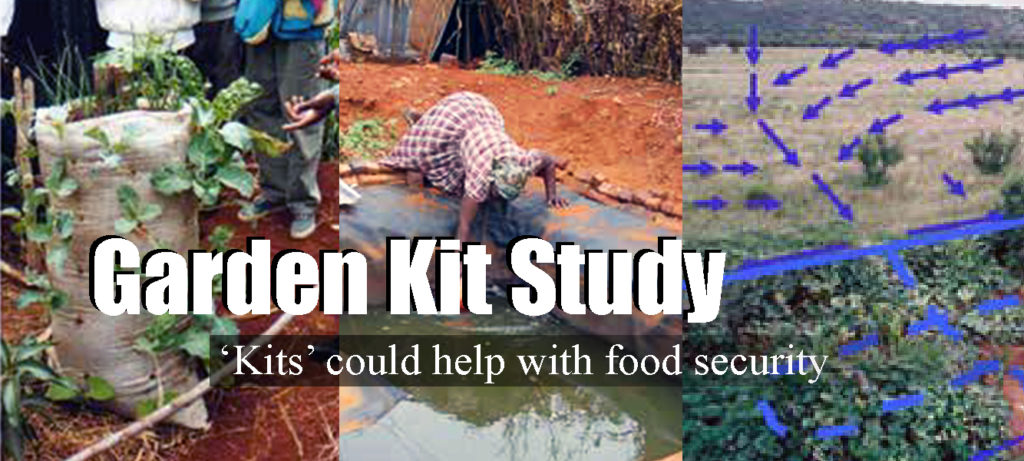How can reliable water access contribute to nutrition security in Africa south of the Sahara?
The following blog story was written by Laia Domènech, visiting fellow in the Environment and Production Technology Division at IFPRI, in honor of World Water Day 2015. The theme of this year’s event on March 22 is “Water for Sustainable Development.”
A set of 17 Sustainable Development Goals (SDGs) are expected to be adopted in September 2015 by the UN General Assembly. In advancing the 2015 Millennium Development Goals, the SDGs call for action from both developing and developed countries to end hunger, achieve food security and improved nutrition, and promote sustainable agriculture (SDG2) as well as promote sustainable water management (SDG6). Although SDG2 and SDG6 are not linked in the current post-2015 development agenda framework, multiple benefits might be achieved and tradeoffs reduced if both water supply and agricultural water are managed in direct support of improved nutrition, particularly in chronically food-insecure countries and in Africa south of the Sahara.
IFPRI Discussion Paper: Is Reliable Water Access the Solution to Undernutrition?
Globally, an estimated 805 million people are chronically undernourished, many of them in Africa south of the Sahara (SSA), where 329 million also lack access to improved water supply and 640 million do not have access to an improved sanitation facility. The linkages between water, sanitation, and hygiene (WASH) and nutrition have long been recognized. Poor WASH is considered a leading cause of diarrhea, nematode infections, and other conditions such as environmental enteropathy, which is caused by frequent intestinal infections and has received renewed attention in recent years.
Water is also an essential resource for growing food, and water scarcity is a major… Read more here



